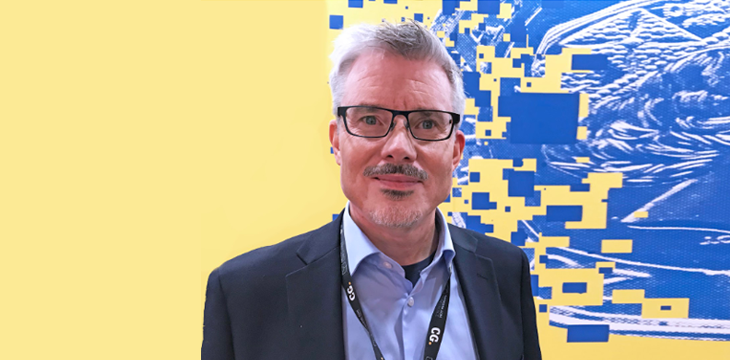|
Getting your Trinity Audio player ready...
|
Stephan Nilsson is working with salmon farmers in his native Norway. He’s putting blockchain to use in a practical way – although his business sounds distinctly unworldly. It’s called UNISOT, which stands for Universal Source of Truth. Nilsson admits the name shows he’s “aiming high”. But then he insists he’s trying “to change the world” and believes he can “make a big difference”.
Nilsson’s background is in supply chain management. He worked for SAP, the German enterprise resource planning (ERP) business, as an integration consultant. Now he’s using that experience to revolutionise supply chains with blockchain technology.
Why blockchain? Well because it provides “immutable storage, where nobody can change things afterwards,” he says. “It’s more or less the only immutable system in the world.” And a single integrated blockchain avoids the problems that often arise between different company systems.
All suppliers who work together on the same system would still being able to set levels of privacy for their own data: “all the information that I put on the blockchain, I am still the owner of”. You can share the information with another company, but you still have the power to revoke access.
So how does this apply to the Norwegian fishing industry? Well, UNISOT is working with a company that offers a supply chain monitoring product using SAP. UNISOT is providing the blockchain functionality within that service. Integrating blockchain with SAP software is “actually very easy if you know what you’re doing,” Nilsson says. He laughs at his own confidence but adds that it’s only easy for him because he’s worked with SAP for 20 years.
So here’s what becomes possible with the UNISOT system: you can track a particular fish all the way from when it’s swimming around, to when it – or even just a small bit of it – appears on someone’s dinner plate. Using blockchain, all sorts of information, such as the precise history of a fish’s storage temperatures, can be uploaded, creating a kind of virtual fish whose every detail can be tracked.
And it all starts when the salmon are directed down a pipe and photographed in a way that makes each one distinguishable from every other – using a kind of ‘facial recognition for fish’. You heard it here first!
To learn more, listen to Stephan Nilsson on this week’s CoinGeek Conversations podcast:
Please subscribe to the CoinGeek Conversations podcast – this is episode 3 of a weekly series. Just search for “CoinGeek Conversations” wherever you get your podcasts, or listen on Spotify.

 01-05-2026
01-05-2026 




